Finally, I can relax for a while. My recent tasks have been eating, drinking, and having fun, getting plenty of rest, and of course, playing badminton! And sharing my experiences too~ Apologies for the delay with the Kawasaki GT-I review. That said, the White Swan TU160 already left a strong impression on me, and this similarly priced little powerhouse, the GT-I, is also impressive.

Appearance: The GT-I features a mech-style flamingo color scheme, with a white and red base complemented by some gilded patterns. The symmetrical design and the red top and T-head grommets enhance its appeal. For a price under 200, I always worry about paint quality, but after extended use, I found my concerns unfounded. Except for a minor paint bubble near the T-head, the rest of the racket is almost perfect. The texture is comfortable and durable; it looks good and is tough enough not to be a burden.
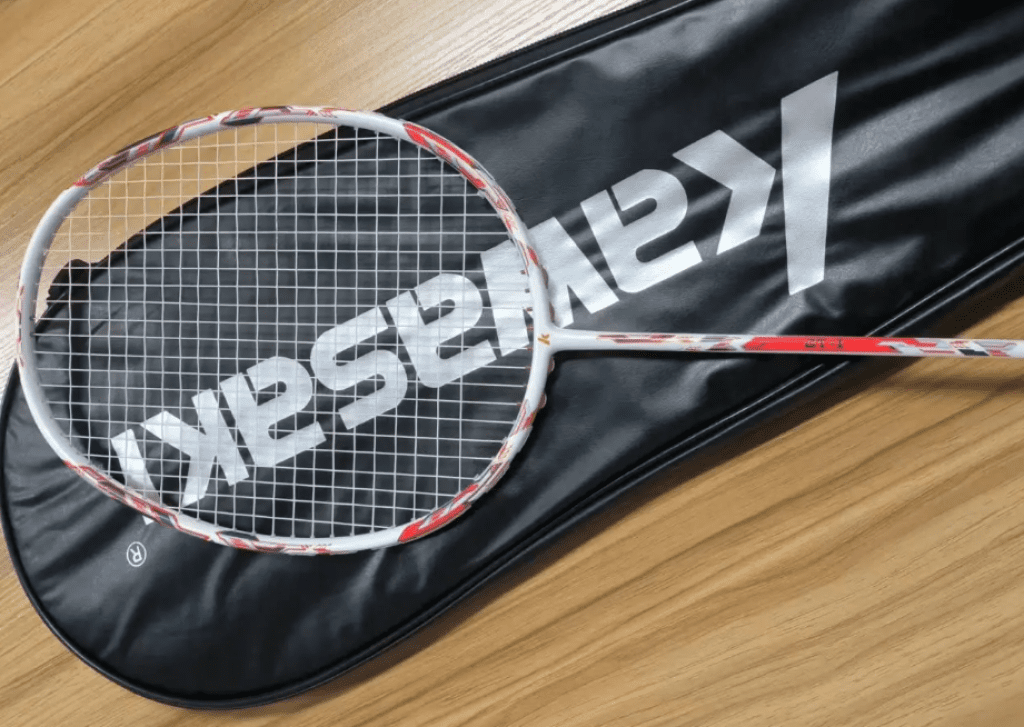
Specifications: 4U G5, 76-hole box frame, 3-9 o’clock grommets, unstrung weight + grip tape: 94.0g, handle length: 205mm, shaft length: 215mm, balance point: approximately 300mm, strung with VBS66N at 26lbs.
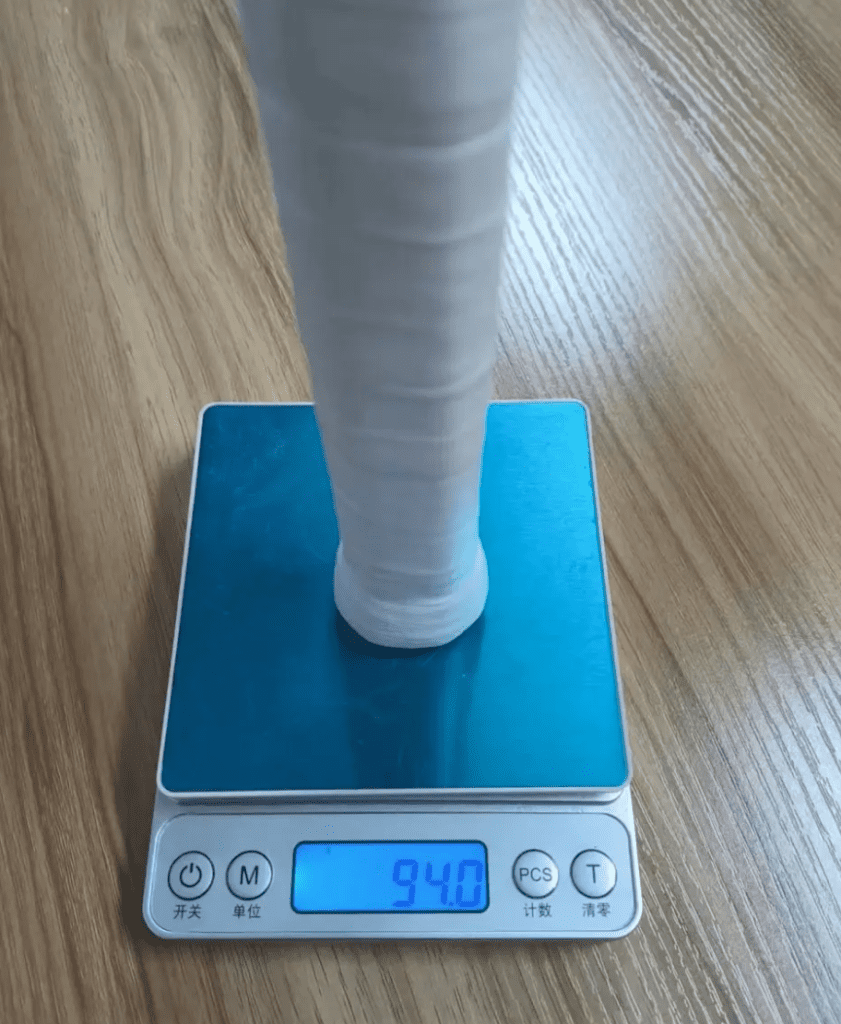
Playing Feel: The flamingo-colored GT-I truly embodies its bold nature. Unlike the White Swan TU160, which I previously highly recommended, the GT-I has a stronger attacking property and isn’t as balanced. Right from the start, you can feel that the GT-I has more weight, giving it a noticeable head-heavy feel, which translates into a great attacking experience. The shaft hardness is moderate but feels slightly soft, with slower response speed and a softer, bouncier feel, somewhat like a toned-down, easier-to-handle Fire Call.
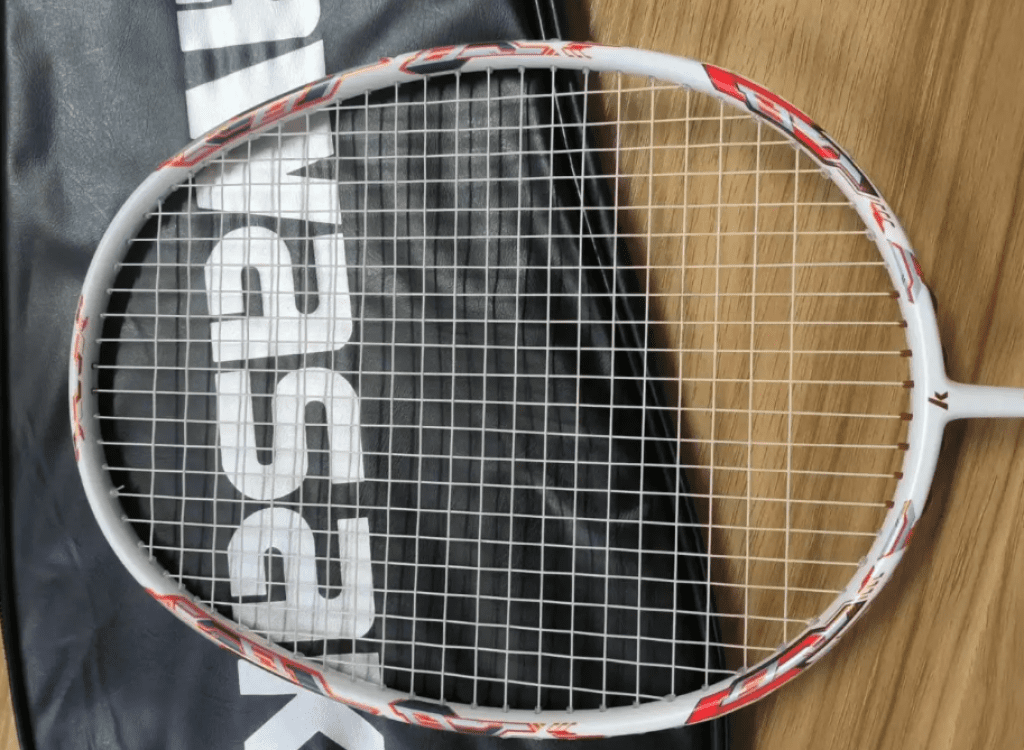
I previously mentioned that the TU160 is versatile and easy to use, particularly well-suited for casual play and rotation in a variety of games. In contrast, the GT-I excels in directionality and shot stability, making it more solid for high clears, kills, slices, and even heavy smashes from the back court. Its accuracy is impressive, and its torsional resistance is excellent, thanks to the brand’s consistent use of materials, including a 30T solution and internal T-head. Its net play and flat drive performance are average for this price range—neither particularly standout but sufficient.
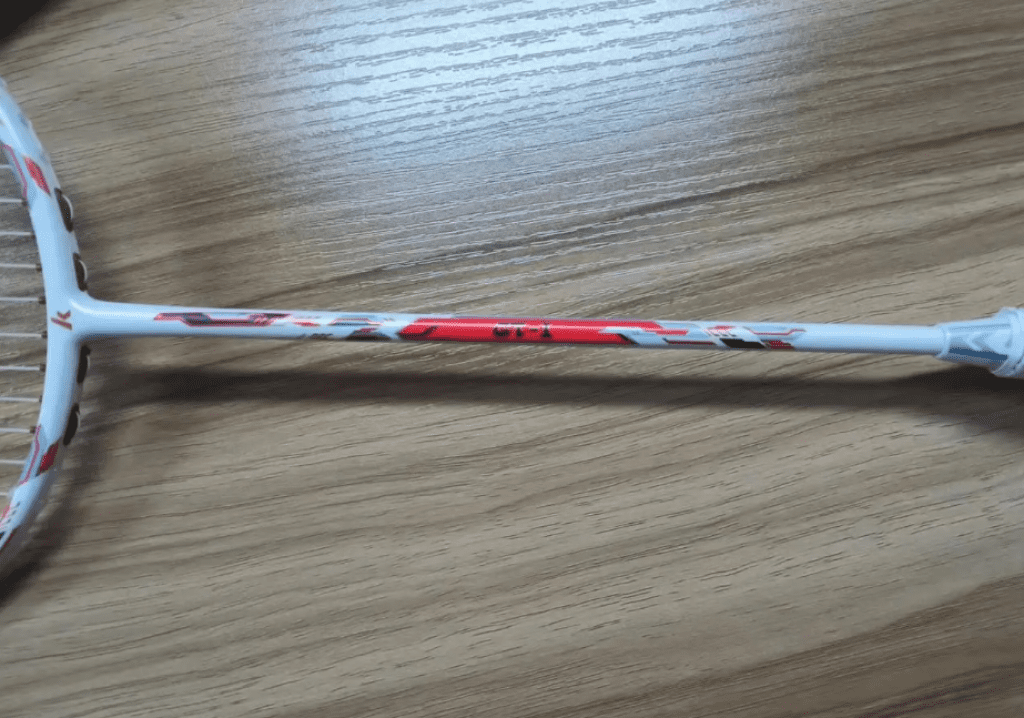
The GT-I is not too difficult to handle. For me, the only drawback is that the shaft could be a bit stiffer to emphasize its attacking properties. Especially for those who prefer a speed-focused attacking style, it might feel slightly slow. I understand that many brands in this price range opt for a conservative style, but there’s also a market for “oddities,” and many entry-level players are eager to try “non-beginner” rackets with confidence.
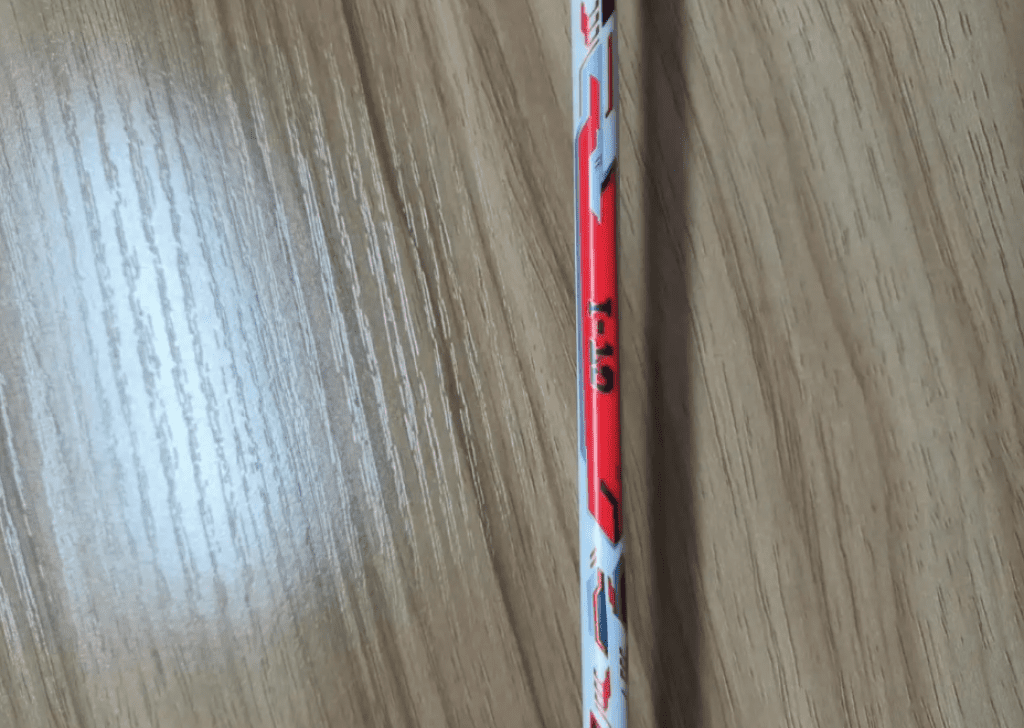
Summary: Although this review is about the Kawasaki GT-I, it seems to end up recommending the TU160! Both rackets are excellent choices for entry-level or intermediate players and offer great value. At under 200 with strings included, both are worth having as backups. However, if you ask me to choose the best in the 200 price range, I would still stand by the TU160.

Leave a Reply